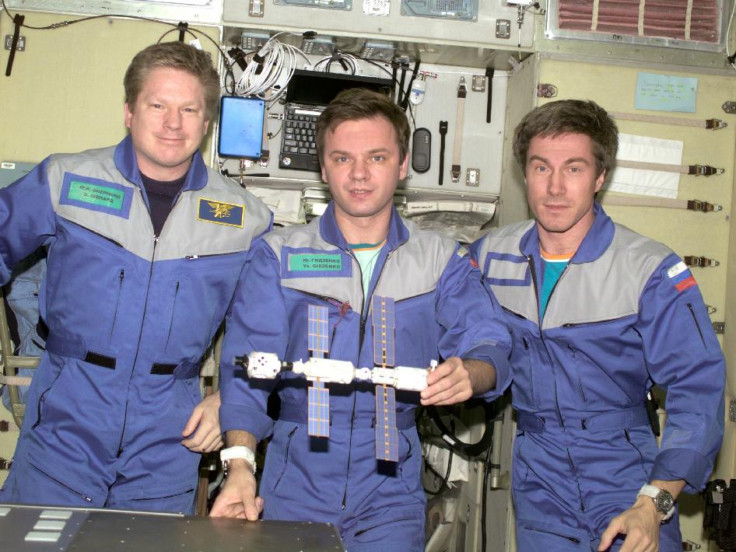Spot The Station: NASA Launches ISS Tracker

NASA has launched an app to commemorate the twelfth anniversary of astronomers continuously living and working abroad the International Space Station. The app alerts the people when the ISS passes over their homes.
In a statement Friday, NASA said that the new service would send a text message or email to the people who have registered with ISS tracker, specifying the time they can see the space station moving in the sky.
"It's really remarkable to see the space station fly overhead and to realize humans built an orbital complex that can be spotted from Earth by almost anyone looking up at just the right moment," said William Gerstenmaier, NASA's associate administrator for human exploration and operations.
"We're accomplishing science on the space station that is helping to improve life on Earth and paving the way for future exploration of deep space."
The application named "Spot the Station" will send an alert - both in morning and in the evening - a few hours before the space station crosses the spot where the user is living.
The orbiting space lab will be visible as the brightest object in the night sky, other than the Moon, and will be visible from dawn to dusk. NASA said that the ISS would be seen as a tiny spot of bright light -- similar to the size of the planet Venus, moving in the sky.
Most of the people on the Earth can see the ISS at some point of time as its trajectory covers more than 90 percent of the Earth's population.
The "Spot the Station" application will show the sighting information for more than 4,600 locations worldwide that is calculated by NASA's Johnson Space Center several times a week.
“The service is designed to only notify users of passes that are high enough in the sky to be easily visible over trees, buildings and other objects on the horizon,” said NASA in the statement.
Click here to sign up with the “Spot the Station” ISS tracker.
© Copyright IBTimes 2025. All rights reserved.






















